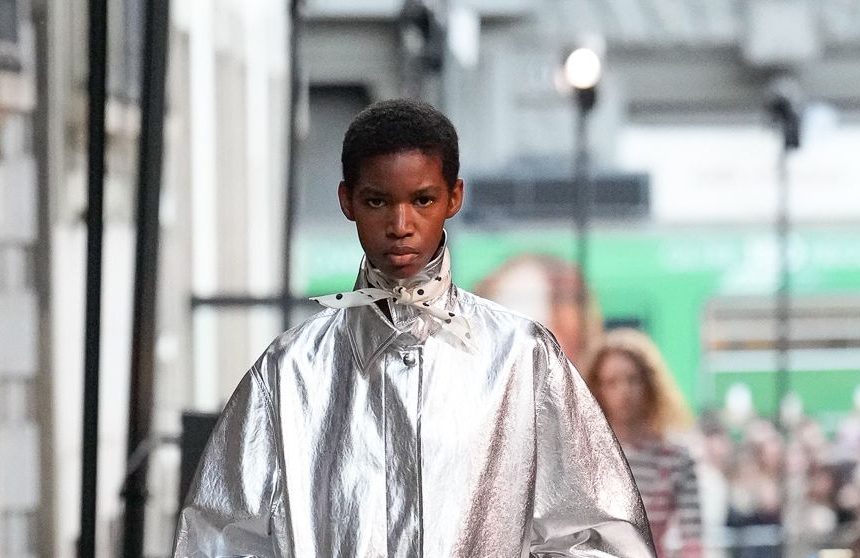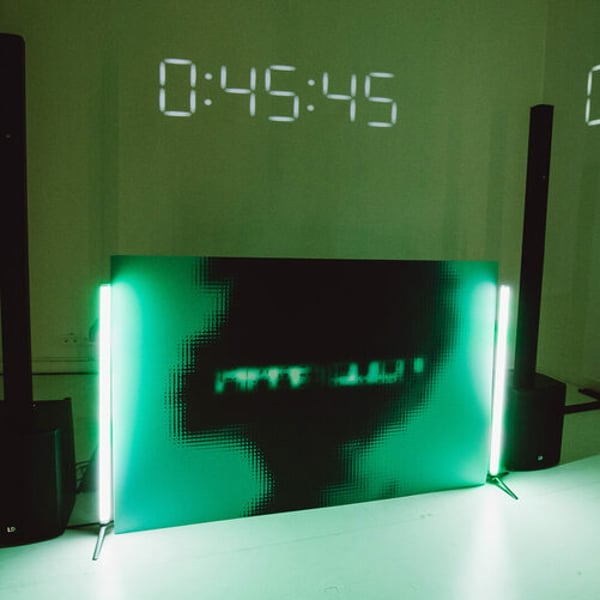The consumer price index rose 0.2 percent from a year earlier, after a 0.3 percent decline in September, according to data released by the National Bureau of Statistics on Sunday. The median forecast of economists surveyed by Bloomberg was for a 0.1 percent drop. China’s core CPI, which excludes volatile items such as food and energy, climbed 1.2 percent.
Service costs edged up 0.2 percent, compared with a 0.3 percent decline in September, and contributed to the rise in inflation, according to the statistics bureau.
What Bloomberg Economics Says…
“Consumer prices swinging back to inflation reflect a holiday boost that will fade. In other words, deflationary pressures remain entrenched — and weaker growth in the fourth quarter means there’s little to change the trend.” — Eric Zhu
Factory-gate deflation also eased, despite persisting for a 37th straight month. The producer price index decreased 2.1 percent year on year, compared with a 2.3 percent drop in September.
China has faced deflationary pressures in the past months, recording declines in prices for August and September before rebounding back to inflationary territory.
Persistent deflation encourages consumers to delay purchases, increases the debt burden and reduces profit margins, risking a downward spiral of weaker spending and lower investment.
Breaking this cycle has become a top policy priority. Beijing has launched a so-called “anti-involution” campaign, an effort to stamp out the price wars that have plagued industries from electric vehicles to food delivery.
But progress has been limited, with the government concerned about the risk of job losses and weaker economic growth.
While China is on track to achieve its growth goal of about 5 percent this year, the expansion of nominal gross domestic product has been slower because of falling prices.
The country’s GDP deflator — the broadest measure of prices — has been in decline for over two years, the longest streak since the quarterly data began in 1993.
The government has reduced its official target for consumer inflation to around 2 percent for this year, the lowest level in over two decades.
Even so, price growth has been around zero or negative for much of 2025.
Learn more:
Trump, Xi Set to Formalise Trade Truce After Months of Chaos
Initial signals indicate the leaders are readying a pact that could see a rollback of some tariffs, fees and export restrictions threatened or implemented in recent months.
This article was written by Jing Li, Tian Ying and John Liu from Bloomberg and was legally licensed through the DiveMarketplace by Industry Dive. Please direct all licensing questions to legal@industrydive.com.


